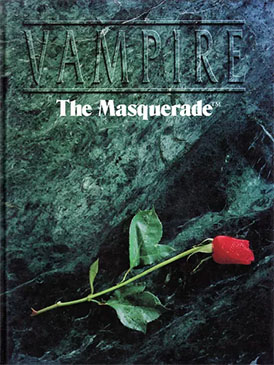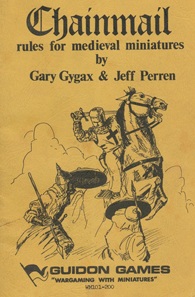This week, I wanted to give a shout out to yet another film that I thought was totally awesome as a kid, but, with hindsight, doesn't look as shiny, George Lucas' foray into High Fantasy, Willow:
Willow has a somewhat meandering plot wherein a girl with a special birthmark is prophesied to bring about the downfall of the evil sorceress Queen Bavmorda. Consequently, Bavmorda imprisons all the pregnant women in her realm. Nevertheless, this baby Elora Danan, is born and smuggled to safety, eventually ending up in the care of our titular character, Willow Ufgood.
Willow is a simple farmer who dreams of becoming a sorcerer and is tasked with finding a safe place for Elora Danan. Along the way, he meets rogue sellsword Madmartigan, a couple of brownies (who are the comic relief), Princess Sorcha (daughter of Queen Bavmorda, who does a heel-face turn) and Fin Raziel (a good sorceress polymorphed into a possum). Also, armies clash, swashbuckling happens and dark sorcery must be averted!
Much like Star Wars, Willow is a mishmash of different ideas and inspirations, some of them painfully obvious in hindsight, such as Star Wars (Madmartigan is pretty much fantasy Han Solo) and the Lord of the Rings (the Nelwyns are pretty much Hobbits with the serial numbers filed off). However unlike Star Wars, in Willow that mishmash never really comes together, unfortunately.
This film also suffers from an underwhelming performance from lead actor Warwick Davis, who fails to solidly anchor this ambitious project with his often hammy and wooden delivery. And the tone of the film wildly swings from super kid-friendly to really grim dark.
Still, there are also plenty of positives. Val Kilmer brings the necessary rock star qualities to Madmartigan and the rest of the cast is filled with good character actors. The cinematography, action sequences, production design and costuming are good to excellent. The VFX look dated now, but were good for the time.
So, if you are looking for an ambitious but flawed epic fantasy film that's still a fun romp, this might be up your alley!
Willow is a simple farmer who dreams of becoming a sorcerer and is tasked with finding a safe place for Elora Danan. Along the way, he meets rogue sellsword Madmartigan, a couple of brownies (who are the comic relief), Princess Sorcha (daughter of Queen Bavmorda, who does a heel-face turn) and Fin Raziel (a good sorceress polymorphed into a possum). Also, armies clash, swashbuckling happens and dark sorcery must be averted!
Much like Star Wars, Willow is a mishmash of different ideas and inspirations, some of them painfully obvious in hindsight, such as Star Wars (Madmartigan is pretty much fantasy Han Solo) and the Lord of the Rings (the Nelwyns are pretty much Hobbits with the serial numbers filed off). However unlike Star Wars, in Willow that mishmash never really comes together, unfortunately.
This film also suffers from an underwhelming performance from lead actor Warwick Davis, who fails to solidly anchor this ambitious project with his often hammy and wooden delivery. And the tone of the film wildly swings from super kid-friendly to really grim dark.
Still, there are also plenty of positives. Val Kilmer brings the necessary rock star qualities to Madmartigan and the rest of the cast is filled with good character actors. The cinematography, action sequences, production design and costuming are good to excellent. The VFX look dated now, but were good for the time.
So, if you are looking for an ambitious but flawed epic fantasy film that's still a fun romp, this might be up your alley!

















